May 30, 2025 | 08:33 GMT +7
May 30, 2025 | 08:33 GMT +7
Hotline: 0913.378.918
May 30, 2025 | 08:33 GMT +7
Hotline: 0913.378.918
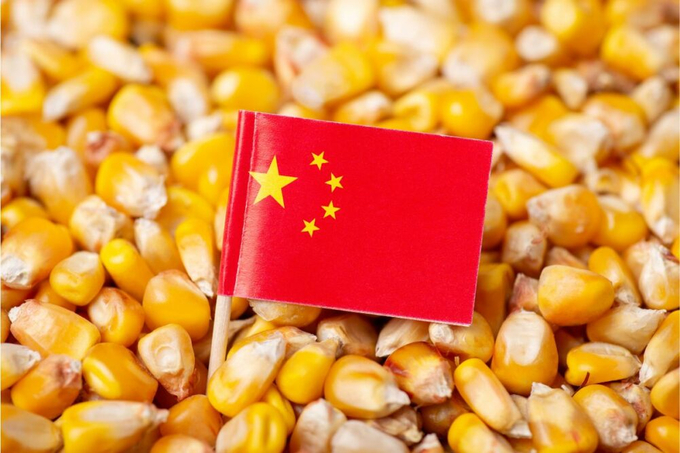
The FAS projected China’s grain output to reach 706.5 million tonnes, a 1.6% increase over the previous year driven by expanded acreage and higher yields.
China’s push to become more self-sufficient in grain appears to be paying off as record production and declining imports are forecast for the country in the 2024-25 marketing year, according to a recent report from the Foreign Agricultural Service (FAS) of the US Department of Agriculture.
The FAS projected China’s grain output to reach 706.5 million tonnes, a 1.6% increase over the previous year driven by expanded acreage and higher yields. All three major grains are expected to achieve production increases, the FAS said.
China’s National Bureau of Statistics forecasts a 2% year-on-year increase in corn production at 294.9 million tonnes, supported by increased planting of high-yield varieties. However, the FAS said industry estimates range from 280 million to 293 million tonnes.
“Post believes the effective production of corn is lower than the official number due to several industry reports of severe toxin issues in the new crop,” the FAS said.
Record low corn-prices in late 2024 encouraged corn use in China’s domestic feed and industrial sectors. The FAS noted that feed and residual use of grains is forecast to grow modestly to 287.2 million tonnes, “reflecting increased corn use in feed formulations due to lower prices. The shift is reducing reliance on wheat and rice as feed ingredients.”
Wheat production is estimated to increase by 2.6% year on year to 140.1 million tonnes due to improved yields from last year’s low base, the agency said.
“Industry reported wheat quality was good, but supplies of good-quality, high-protein wheat were tight and that there were higher toxins in wheat from south Henan and north Hubei.
China, which is the world’s largest wheat and rice producer, is expected to slightly increase its rice output in 2024-25 to 145.3 million tonnes.
From a grain trade perspective, the most noteworthy development is a projected 40% decrease in corn imports and a 37% decrease in wheat intake.
The FAS projects a “strategic reduction in corn imports (from 23.4 million) to 14 million tonnes as part of government policies to protect domestic farmers coupled with efforts to diversify corn suppliers, which is resulting in more corn coming from South American origins.”
The FAS said the steep decline in imported wheat is due to strong domestic production and weak demand, “although trade with Argentina is expanding.”
(WG)
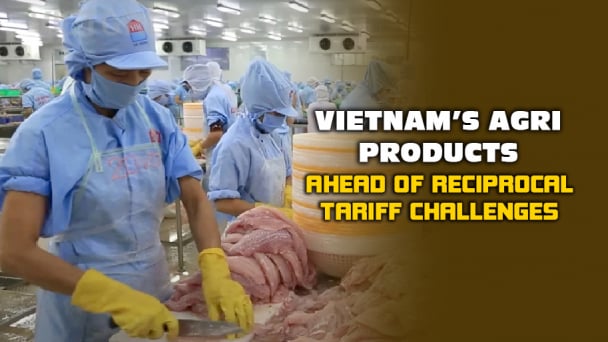
(VAN) Reciprocal tariffs are exerting pressure on U.S. exports, prompting Vietnamese firms to shift their focus to Muslim markets, Thailand, and Brazil.
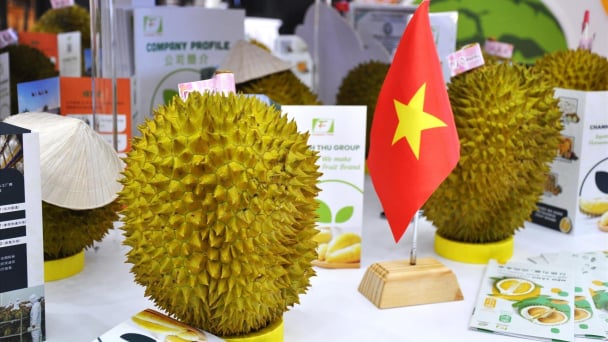
(VAN) A free booth for two years at Xinfadi, Beijing's largest wholesale market, will be allocated to Vietnam's agricultural products.
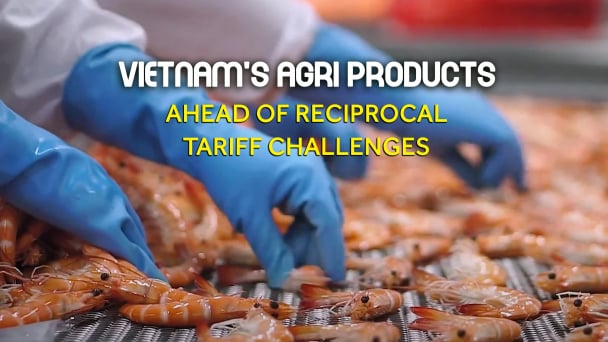
(VAN) Vietnamese shrimp exporters are actively looking for alternative markets and accelerating shipments to the United States in response to the pressure of impending reciprocal tariffs. This is occurring during a temporary tariff suspension.
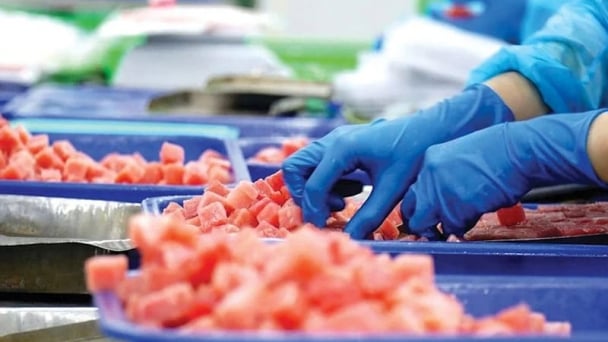
(VAN) The import-export turnover between Vietnam and Singapore rose amid a trade rebound, with machinery, electrical equipment, and fuels making up the majority of the transaction value.

(VAN) Director General of the General Administration of Customs of China, Ms. Sun Mai Jun, has pledged to implement measures that will ease the import process for Vietnamese agricultural products.
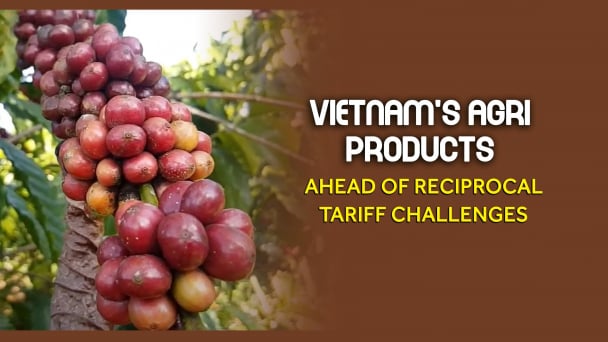
(VAN) Although Vietnam is still increasing its coffee exports, the industry is currently in the process of determining market strategies in response to the U.S. imposition of reciprocal tariffs.

(VAN) With rising demand in Muslim-majority countries, Halal certification is becoming a critical passport for Vietnamese agricultural products seeking sustainable market access and consumer trust in the Middle East and Africa.